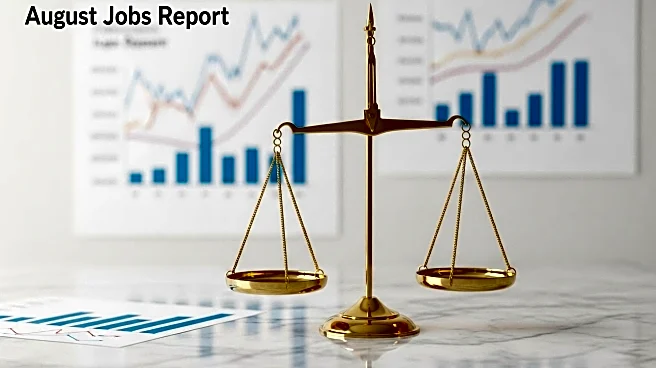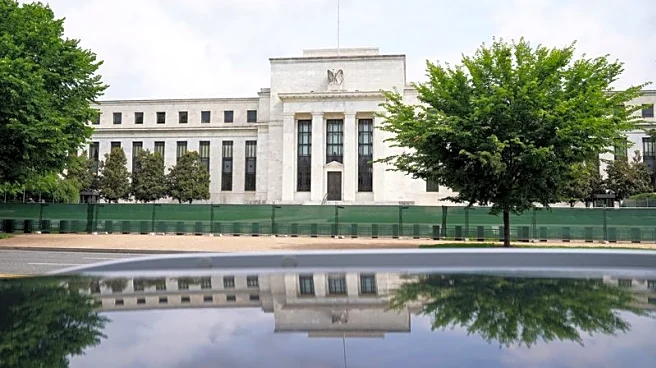What is the story about?
What's Happening?
Recent U.S. jobs data has revealed a weaker labor market, prompting discussions about potential Federal Reserve interest rate cuts. Wharton Professor Jeremy Siegel argues that the slowing economy provides the Fed with the opportunity to reduce rates, which many in the financial markets have been advocating for. Siegel anticipates a 0.25 basis point cut at the upcoming Federal Open Market Committee meeting, with further cuts expected later in the year. The current interest rate, ranging from 4.25% to 4.5%, is considered too restrictive by some market participants who believe lower borrowing costs could stimulate economic activity.
Why It's Important?
The prospect of interest rate cuts is significant for the U.S. economy, as it could lead to increased borrowing and investment, potentially boosting economic growth. Lower rates are generally favorable for stock markets, as they reduce the cost of financing and can lead to higher equity valuations. However, there are concerns that rate cuts could exacerbate inflation if not managed carefully. The Fed's decision will be closely watched by investors and policymakers, as it could influence economic conditions and financial markets.
What's Next?
The Federal Reserve's upcoming meeting will be pivotal in determining the direction of interest rates. Market participants will be analyzing inflation data and other economic indicators to gauge the likelihood of rate cuts. The Fed's policy decisions will have implications for various sectors, including housing, consumer spending, and business investment. Economists will continue to debate the appropriate balance between stimulating growth and controlling inflation.
AI Generated Content
Do you find this article useful?















